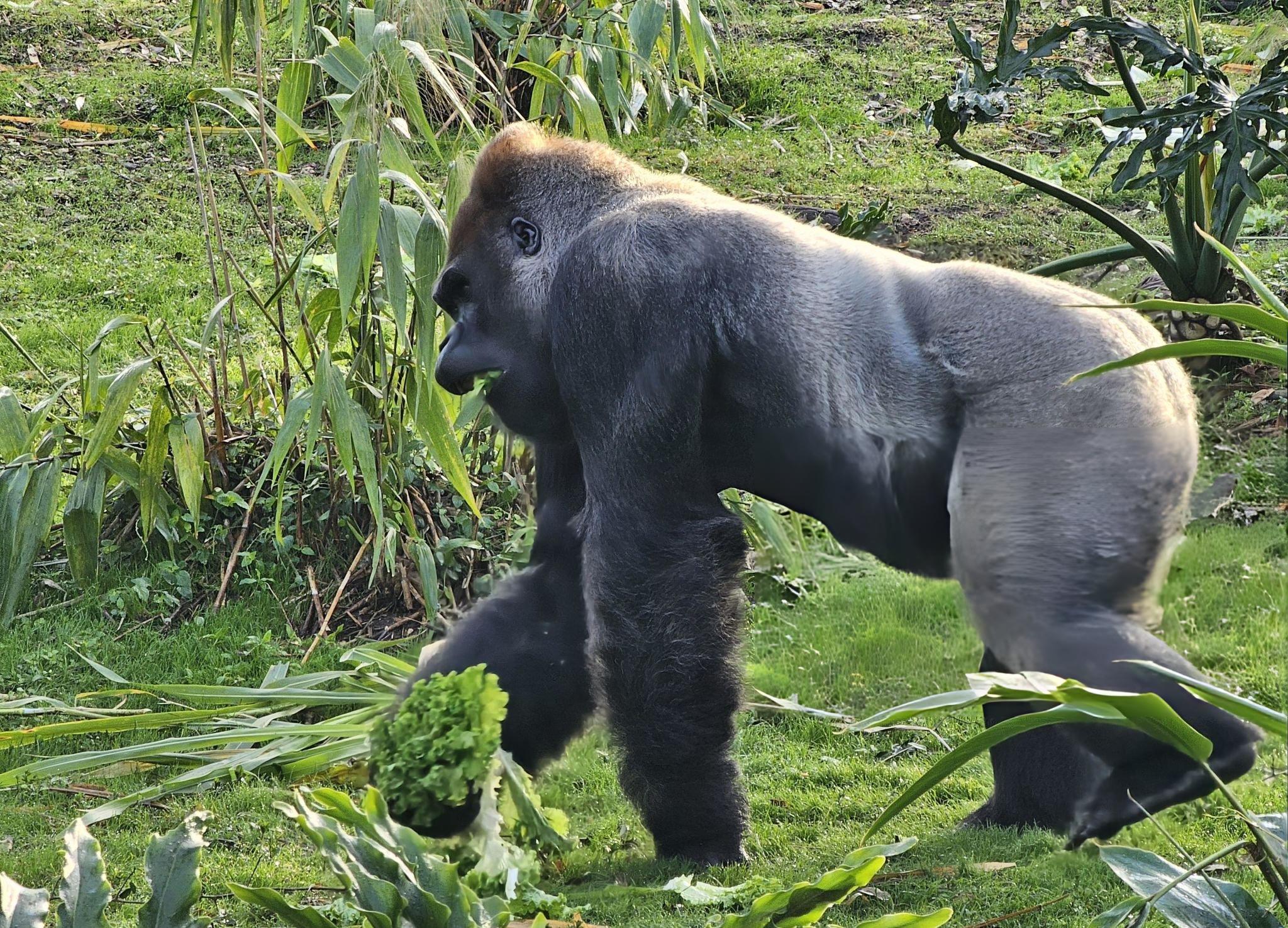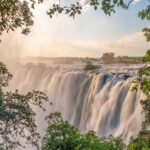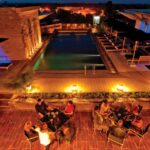Gorilla trekking sits high on countless adventure wish lists, yet few travellers realise they can choose between two neighbouring nations, Uganda and Rwanda, for this once‑in‑a‑lifetime meeting with the last mountain gorillas.
Both treks promise heart‑pounding encounters, mist‑shrouded jungles, and the deep satisfaction of supporting conservation.
But which country offers the better fit for your budget, travel style, and timetable? After completing treks on both sides of the border, here is a full, first‑hand comparison to help you decide.
Gorilla Trekking First Impressions

Before going gorilla trekking, I had seen African TV documentaries showing us how brave park rangers are when they put their lives on the line to protect mountain gorillas from poachers.
So, I have always wanted to visit and experience this myself. The first place I visited was Bwindi Impenetrable National Park before going to the volcanic slopes of Rwanda’s Volcanoes National Park.
Gorilla trekking is a journey back in time to the biological past of the planet, led by guardians who watch over a fragile population every day.
In both countries, the day starts at a visitor centre with registration, coffee, and a serious safety briefing. Rangers explain why masks are required near gorillas (gorillas share 98% of our DNA and can catch human colds), set a one-hour viewing limit, and group people by fitness level to match gorilla families hanging out near the trail or deep in the mountains.
Gorilla Trekking in Bwindi Impenetrable Forest, Uganda
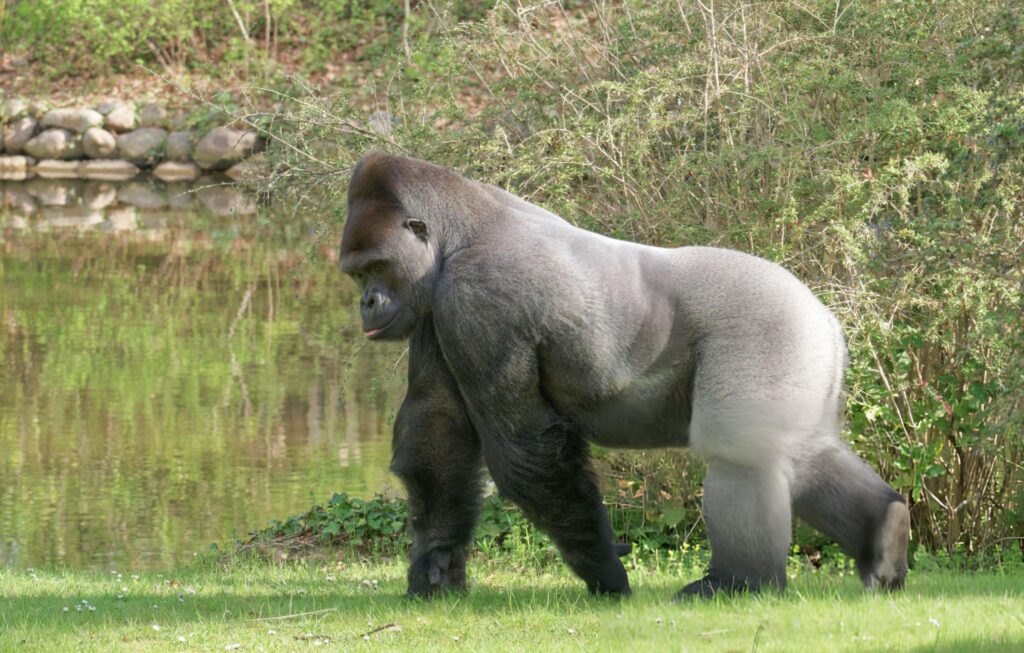
Bwindi Impenetrable Forest sprawls across southwestern Uganda like an ancient emerald ocean. It is home to more than 460 mountain gorillas, which is almost half of the world’s wild population, and twenty-six families that have gotten used to living there.
The government issues 800-dollar permits for a standard one-hour visit and a premium four-hour “habituation” experience for about 1,500 dollars.
If you choose Bwindi, you have to drive ten hours from Entebbe Airport through banana groves, tea estates, and villages on the equator before going up to the Ruhija or Buhoma sectors, which are kissed by clouds.
This place is remote, yet it creates a feeling of being completely immersed.
Some trailheads are at 3,000 feet, while others are at 8,000 feet, so visitors can ask for an “easy” or “hard” hike. As you would have guessed, I requested the easy hike.
If you have been a good follower of this website, you would have known by now that “hiking” and “I” do not really go along.
A mother gorilla holding her baby appeared in the bushes 30 minutes after we left the trailhead. Then, a few moments later, a silverback came along. It was heavier than a concert grand and twice as interesting.
The thick plants in Bwindi sometimes make gorillas climb trees, but knowledgeable guides often add fifteen minutes to the viewing time to make up for it.
When the hikers get back to the ranger post with mud on their clothes and wide eyes, the ceremony ends with stamped and signed certificates of completion.
Gorilla Trekking in Volcanoes National Park, Rwanda

Volcanoes National Park proves Rwanda is Africa’s cleanest and safest before a vine is brushed aside. The 1,500-dollar permit includes a sleek visitor centre with free coffee, reliable Wi-Fi, and clean restrooms.
It only takes three and a half hours of smooth driving from Kigali International Airport to get to the foothills of the Virunga Massif. There are a lot of hotels near town, where you can spend your free time after a walk at supermarkets, craft markets and cafes.
The trails are wider here, the underbrush is lighter, and there are open clearings that let photographers see the gorilla family without any obstructions when trackers radio in.
We walked two kilometres along a paved farm track before entering a bamboo forest. After two hours, the lead tracker froze, raised a finger, and there, in a grassy amphitheatre, sat an entire lineage: silverbacks, mothers, juveniles, and infants. They fought, fed, and drummed chests just a few metres away, with no branches that could block the view.
Rwanda doesn’t give out souvenir certificates, but the memories are very real.
Difference Between Gorilla Trekking in Rwanda and Uganda
| Factor | Uganda | Rwanda |
| Permit cost (2025) | 800 USD (1 hr) / 1,500 USD (4 hr) | 1,500 USD (1 hr) |
| Airport transfer time | ≈10-hour drive from Entebbe | ≈3.5-hour drive from Kigali |
| Terrain | Dense, steep, muddy; more tree cover | Less dense, more well-worn; open clearings |
| Visitor facilities | Basic; limited Wi‑Fi; rustic lodges | Modern centre; free coffee; reliable Wi‑Fi |
| Certificate | Yes | No |
| Nearby activities | Few; the focus is jungle immersion | Many, markets, cafés, cultural tours |
| Best for | Hardcore adventurers, travellers on a budget, and people who want to feel like they’re in the woods more deeply | People who are short on time, want to be comfortable, or want to take pictures without anything in the way |
Which Gorilla Trek Fits Your Travel Style?
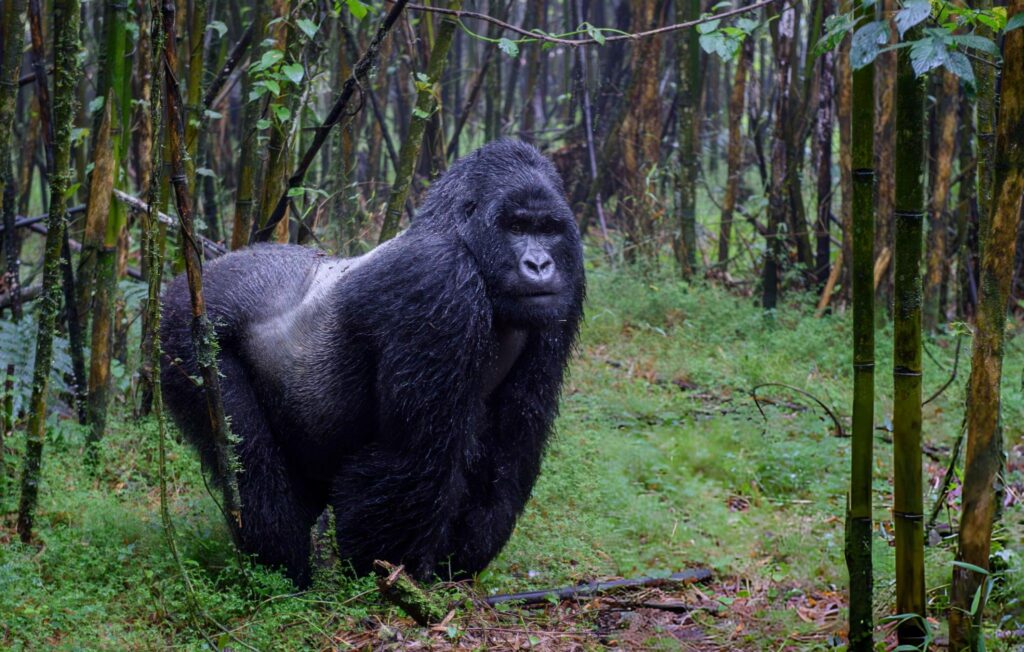
Both parks protect the same animals and have the same rules for conservation: groups of eight, strict hour-long visits, no food, no flash, and masks on within ten metres. The differences lie in logistics and landscape.
If you want to be in a remote rainforest where the Wi-Fi hum fades and the jungle hum gets louder, choose Uganda. With the lower permit price, you can afford a chimp trek in Kibale or a safari in Queen Elizabeth National Park. And if spending four hours with gorillas is worth every penny, Bwindi’s habituation permit is the best.
Choose Rwanda if you don’t have a lot of time, want to be comfortable, and want to take clear pictures. The extra $700 buys you convenience at your door and well-kept infrastructure, which is important if this is your only chance to go gorilla trekking. The paved paths are also good for people who are afraid of Bwindi’s slippery climbs.
Final Thoughts
Whether you kneel beneath Bwindi’s tangled canopy or stand among Rwanda’s bamboo groves, the first time a 400-pound silverback looks you in the eye will be more important than price tags or passport stamps.
No matter which permit you buy, conservation wins because the money from park fees goes directly to ranger salaries, veterinary care, and community projects.
Rwanda wins for me because I had more time to explore Kigali’s art scene and the shore of Lake Kivu. But my night in Bwindi, when I heard distant hoots under a sky full of strange stars, will always be a special memory.
The best trek is the one that fits your schedule, your budget, and your sense of adventure. This is because gorilla trekking is such a powerful experience that it changes the way you view wildness, family, and the fragile miracle of sharing a planet with these gentle giants.
Put on your mask, lace up your boots, and head into the woods. The gorillas are waiting.

